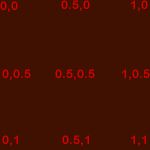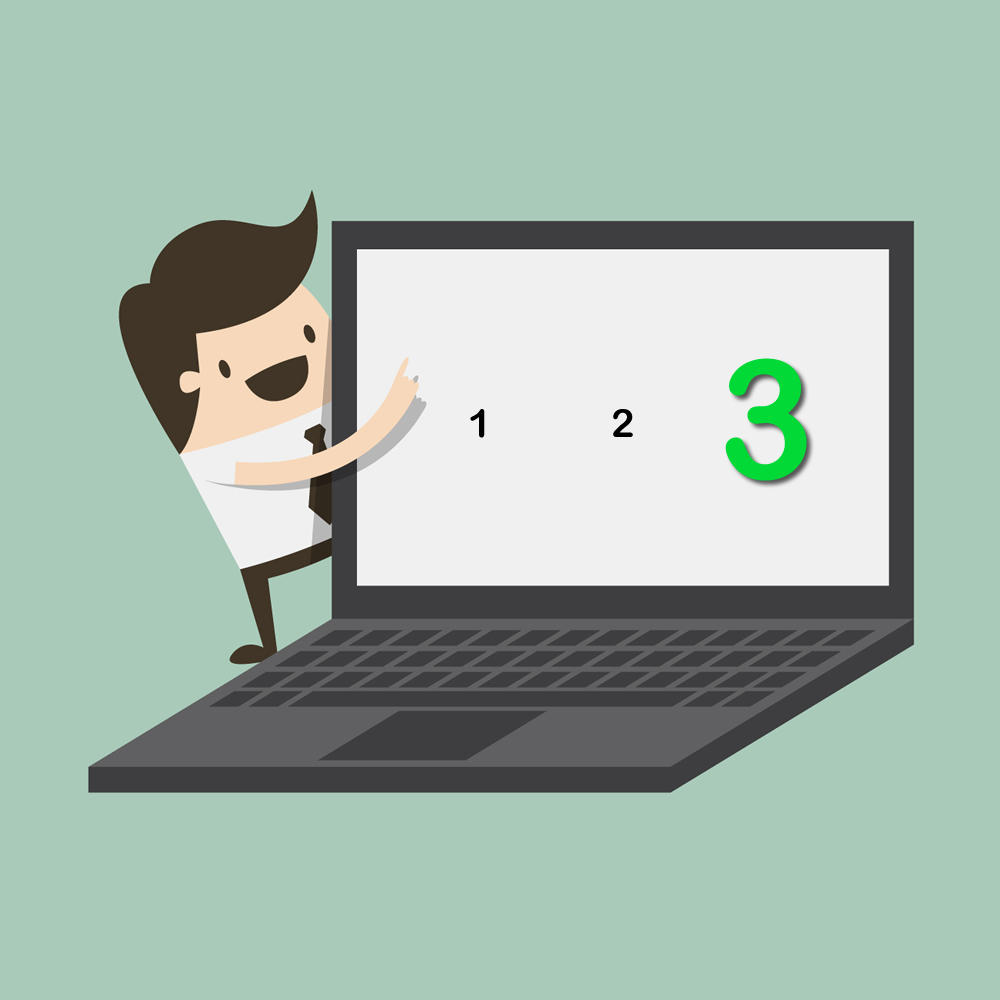When learning any new framework or front-end language, especially for games the first three things I want to know are
- How to add an image
- How to add text
- How to add click events
If you are coming from Phaser CE, I’m going to mention what’s changed. If you are completely new to Phaser, just ignore those parts, and it will still help you get a jump start on building games in Phaser 3.
The Game Object
There is a global game object, just as there was in Phaser CE but now it no longer handles creating things for the game. That is now a function of the scene. We can no longer use things like game.width or game.height, but the config file is a child of the game so we can use game.config.width and game.config.height to get the game’s size;
Finding the center of the game
To find the horizontal center use:
this.centerX=game.config.width/2;
To find the vertical center use:
this.centerY=game.config.height/2;
Preloading an image
To preload an image we use this code in the preload function of a scene.
this.load.image(key, path);
Here is a practical example:
this.load.image("face", "images/face.png");
Place an Image on stage
After preloading an image we can place images using code in the create function
this.face = this.add.image(x, y, key);
This example places an image in the middle of the canvas
this.face = this.add.image(game.config.width / 2, game.config.height / 2, "face");
Place Text On Stage
To create basic text
this.add.text(x,y,"Some Text");
To change the font, font size or color to the text, you can pass in an object like this
var textConfig={fontSize:'20px',color:'#ff0000',fontFamily: 'Arial'};
this.add.text(game.config.width/2,game.config.height/2,textConfig,"SomeText",textConfig);
Understanding Point of Origin
All game objects such as images, sprites, and text have origin points. In Phaser CE this was known as anchors. These values determine where the image starts in relation the x and y. An origin has an x and y property (x,y). For example, if you place the x and y to the center of the screen a origin of (0.5,0.5) the image would sit perfectly centered in the middle of the game. If we set an origin of (0,0) then the top left corner of the image would be in the center.

We can set the origin of an object by using this code:
this.image.setOrigin(x,y);
X and Y values take a decimal value between 0 and 1. Images (and sprites) by default have a centered origin 0f (0.5,0.5) and text objects have a top left corner origin of (0,0) ;

Clicking on an object
Set an object to be interactive
This code tells Phaser to listen for clicks on an object. This replaces image.inputEnabled=true from Phaser CE.
this.image.setInteractive();
Phaser 3 is very new, and I’m still going through it. There seems to be several ways to click on an object, but this one appealed to me because I could use just one listener and then set up a switch and case statement for game actions based on what was clicked. (note that we no longer have to pass scope!)
this.input.on('gameobjectdown',this.onObjectClicked);
For the callback function
onObjectClicked(pointer,gameObject)
{
}
The pointer parameter refers to either the mouse or a touch object on mobile, the game object is the element clicked on.
Here are all the examples put together in one file.
class SceneMain extends Phaser.Scene {
constructor() {
super('SceneMain');
}
preload() {
this.load.image("face", "images/face.png");
}
create() {
this.face = this.add.image(game.config.width / 2, game.config.height / 2, "face");
this.face.angle = 25;
this.face.setInteractive();
var textConfig={fontSize:'20px',color:'#ff0000',fontFamily: 'Arial'};
this.title=this.add.text(game.config.width/2,game.config.height*.75,"HELLO PHASER!!!",textConfig);
//setOrigin() replaces anchor.set()
//sprites now default to orign 0.5 for both x and y
this.title.setOrigin(0.5,0.5);
//this will listen for a down event
//on every object that is set interactive
this.input.on('gameobjectdown',this.onObjectClicked);
}
onObjectClicked(pointer,gameObject)
{
gameObject.angle+=10;
}
update() {}
}

Pingback: phaser3] setOrigin in sprite image. - BlueA